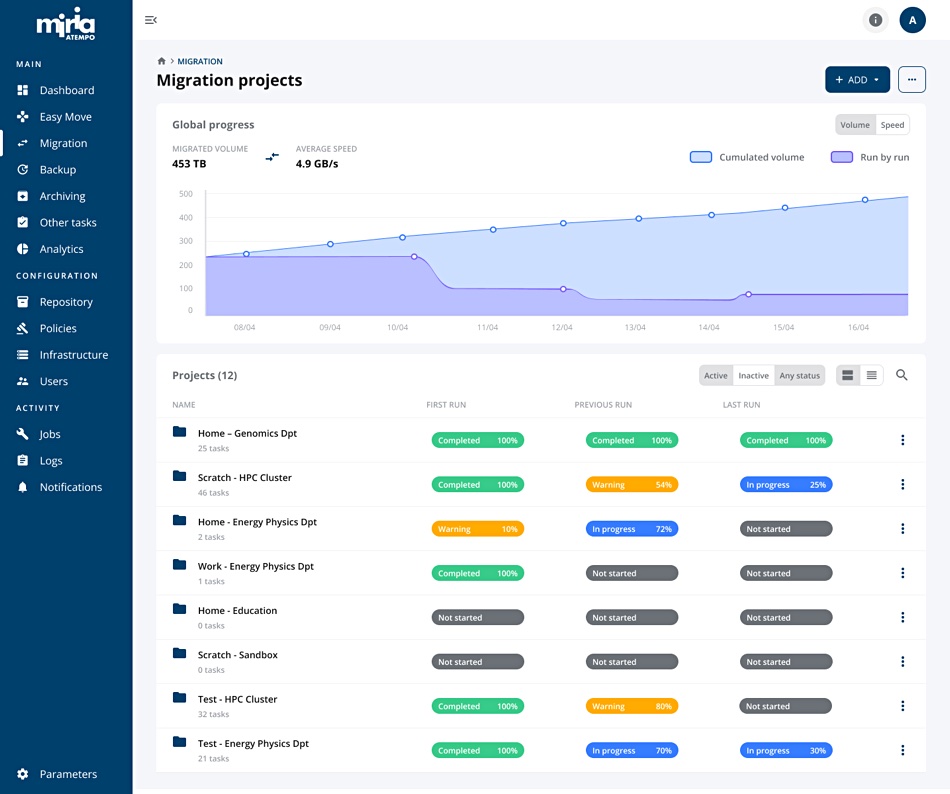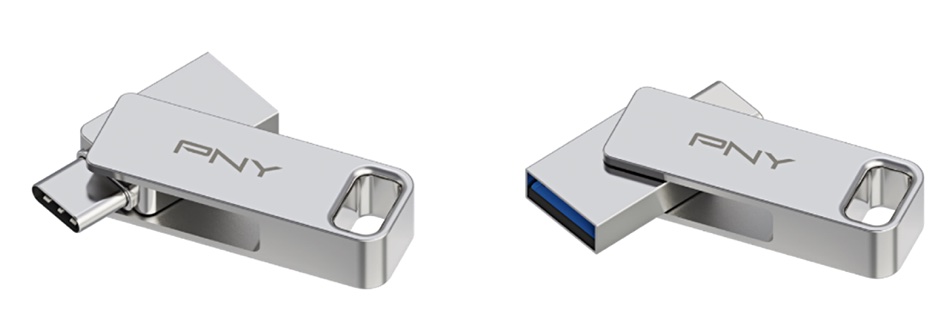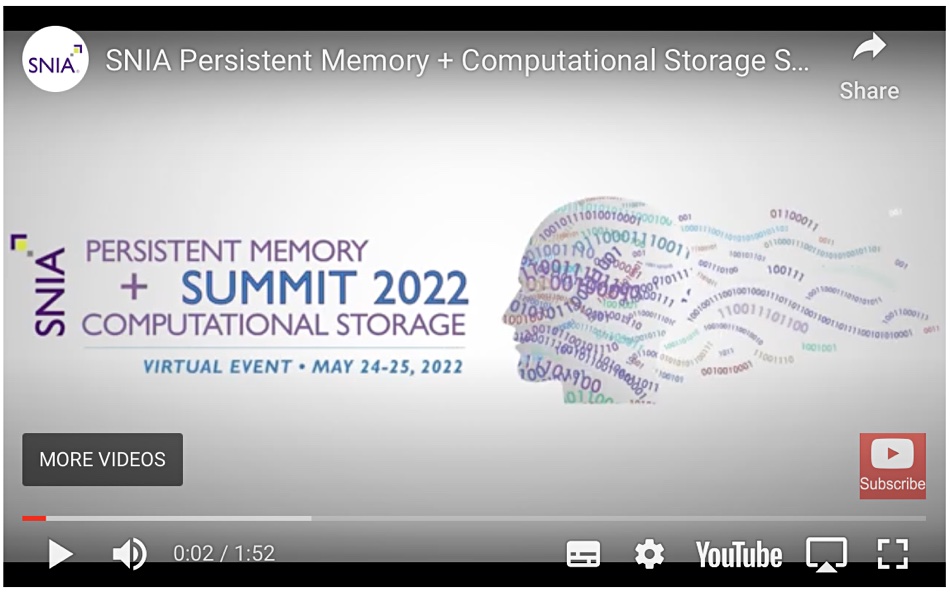Data protector and manager Atempo has a partnership with Microsoft’s Azure cloud to migrate unstructured datasets to the Azure cloud using its Miria software. The Azure Storage Migration Program provides access to Miria at no cost. Miria is an all-in-one software platform with 5 data management services: analytics, backup, archiving, mobility, and migration of large amounts of data between storage devices. There are 4 stages in the Azure Miria program: prepare, analysis and planning; incremental migration; and, finally, validation. Ferhat Kaddour, VP of Alliances at Atempo, said: “Soon companies will consume more cloud storage than physical storage. This partnership is all about anticipating that evolution helping end-users to benefit today from the Azure cloud power with Miria’s powerful data orchestration capabilities.”

…
Cloud file services provider CTERA is partnering Concentric AI with its Semantic Intelligence software. CTERA’s edge filer acts as a cache server for Concentric AI’s data security posture management (DSPM) capabilities. This scans organizations’ data, detects sensitive or business critical content, identifies the most appropriate classification category, and automatically tags the data. It uses AI to improve discovery, classification accuracy and efficiency to avoid endless regex rules and inaccurate end user labeling. DPSM can monitor and autonomously identify risk to financial and other data from inappropriate permissioning, wrong entitlements, risky sharing, and unauthorized access. It can automatically remediate permissions and sharing issues or use other security systems and cloud APIs to continuously protect exposed data.
…
Data observability supplier Kensu has announced a Product Advisory Council to better understand specific data observability market needs and identify new product opportunities, integrations, and partnerships. It wants to help solve the long-standing problems of data trust and reliability that organizations face, and has assembled a council, chaired by Kensu CEO Eleanor Treharne-Jones, spanning the Americas and the EMEA regions and composed of thought leaders and practitioners in the data space. The members of the Kensu Product Advisory Council named today are:
- Kishore Aradhya, Senior Director of Data Engineering & Advanced Analytics, Stanley Black & Decker, Inc.
- Zhamak Dehghani, CEO and Founder, Nextdata; Founder, Data Mesh
- Mike Ferguson, Conference Chairman, Big Data London and leading industry analyst
- Douglas Laney, Innovation Fellow, Data & Analytics Strategy, West Monroe
- Steve Muskopf, Director of Data and Advanced Analytics, IGS Energy
- Veena Nayak, VP of Data Strategy and Solutions, University of Phoenix
- Adi Polak, VP of DevEx, Treeverse; Author, Machine Learning with Apache Spark
- Joe Reis, CEO, Ternary Data; Co-Author, Fundamentals of Data Engineering
- Chris Tabb, Co-Founder and Chief Commercial Officer, LEIT DATA
- Wendy Turner-Williams, Former Chief Data Officer, Tableau; Adjunct Faculty, Carnegie Mellon
Additional information about Kensu’s Product Advisory Council can be found here.
…
Nyriad says Field CTO Adam Roberts will present at Storage Technology Showcase (STS), March 13 -15 in Tucson, Arizona, and discuss how organizations can achieve exceptional performance and stability with erasure codes on a combined CPU/GPU design. Nyriad will also showcase UltraIO, the company’s combined CPU/GPU data storage system.
…
PNY Technologies has introduced a new Duo Link 3.2 Type C USB Flash Drives, available in 64GB, 128GB and 256GB capacities, with a sleek silver metallic design. It has ultra-fast performance with read speeds of up to 200MBps and data transfers 30x faster than USB 2.0, making it easy to transfer data to a computer. It’s equipped with two connectors: a USB-C connector, to fit Android devices such as tablets and smartphones, or new generations of PCs and Mac computers, and an A-type connector, suitable for previous generations of computers.

…

Object storage supplier Scality has appointed Peter Brennan as Chief Revenue Officer, a new role at Scality. It says that, during the last three years at HPE as a VP and MD, Brennan successfully transitioned a multi-billion dollar business from a pure-play infrastructure sale into an as-a-service model. Prior to this, Brennan led a worldwide specialist sales organisation for VMware, focused on hyper-converged and hybrid-cloud solutions. The business grew to over 20k customers and became the second fastest billion-dollar run rate solution in company history. He has also held channel and sales leadership positions at HPE, LeftHand Networks, Opsware, CommVault, and EMC.
…
Silicon Motion Technology Corp. will be exhibiting at Embedded World in Nuremberg, Germany from the 14th to 16th March, showcasing its high-performance PCIe NVMe Gen4 single-chip SSD solution, automotive controller and an array of PCIe NVMe Gen4 SSD controller solutions for personal computers, industrial/embedded and automotive applications.
…
SmartNICs Summit has announced its second annual event at the Doubletree by Hilton San Jose Hotel on June 13-15. It focuses on the SONiC-DASH and OPI open source projects. SONiC-DASH speeds up cloud applications, while OPI offers a standard software interface for all SmartNICs or DPUs. The two projects make SmartNICs and DPUs easier to deploy, manage, and update.
The Summit still features major vendor keynotes, expert tables, and technology and market updates. It also offers sessions on architectures, development methods, and applications. And it has insightful panels on subjects such as choosing the right device and long-term trends. Designers will learn to develop high-performance solutions at low cost. An exhibit area showcases the latest products from industry leaders.
…

There is a virtual SNIA Compute+Memory+Storage Summit to be held on April 11-12. Speakers include:
- Jim Handy of Objective Analysis on ‘Memory’s Headed for Change and You Better Pay Attention’
- William Martin and Jason Molgaard, Co-Chairs of the SNIA Computational Storage Technical Work Group on “Standardizing Computational Storage”
- The CXL Consortium on “Explore the Compute Express Link (CXL) Device Ecosystem and Usage Models – A Panel”
- Debendra Das Sharma of the UCIe Consortium on “Universal Chiplet Interconnect Express (UCIe): An Open Standard for Innovations at the Package Level”
- David McIntyre of Samsung on “Compute, Memory and Storage: Optimized Configurations for a New Era of Workloads.”
Complimentary registration and agenda details here.
…
Data manager and archiver StrongLink has scanned a 1.8 exabyte file.

This was revealed by Jerome Wendt, boss of analyst DCIG, who writes: “Seeing that 1.8EB file store made me realize that managing exabytes of data should no longer seem unbelievable for any size organization. Due to the multiple sources from which any organization may gather data, getting to a single EB no longer seems unattainable. Do not misunderstand me. In no way do I expect some or even most organizations to manage exabytes of data today. However, 20 years ago 10TBs of storage seemed like a lot. Now I have nearly that amount (if not more) installed in the computers in my home. As such, it is probably not that farfetched to believe in another 20 years that we may each have 10EBs of storage in our home office.” Wendt is joining StrongLink for a webinar on March 15, at 12 noon EDT, on intelligent data management.
…
Cloud computing and disaster recovery specialist, virtualDCS, is partnering Seagate with a new Lyve offering: CloudCover Shuttle at virtual DCS. The physical data transfer shuttle enables businesses to move their data quickly, securely, and simply from endpoints to the edge and to the landing destination of the data – be it private, public, or hybrid clouds. The shuttle offers a range of storage capacities and is delivered promptly, as well as being securely encrypted and tracked while it is being transported, we’re told. Once the shuttle is returned, it will then undergo a full crypto-erase.
The ability for an organization to fully restore and move data back to its own systems after a DR event can take time with networked data transfer. A few terabytes can be restored relatively quickly, but larger datasets can take days, weeks, or even months and will completely saturate networks and internet bandwidth. The shuttle gets loaded up with data to be repatriated and is then physically transported to the destination site.
…








